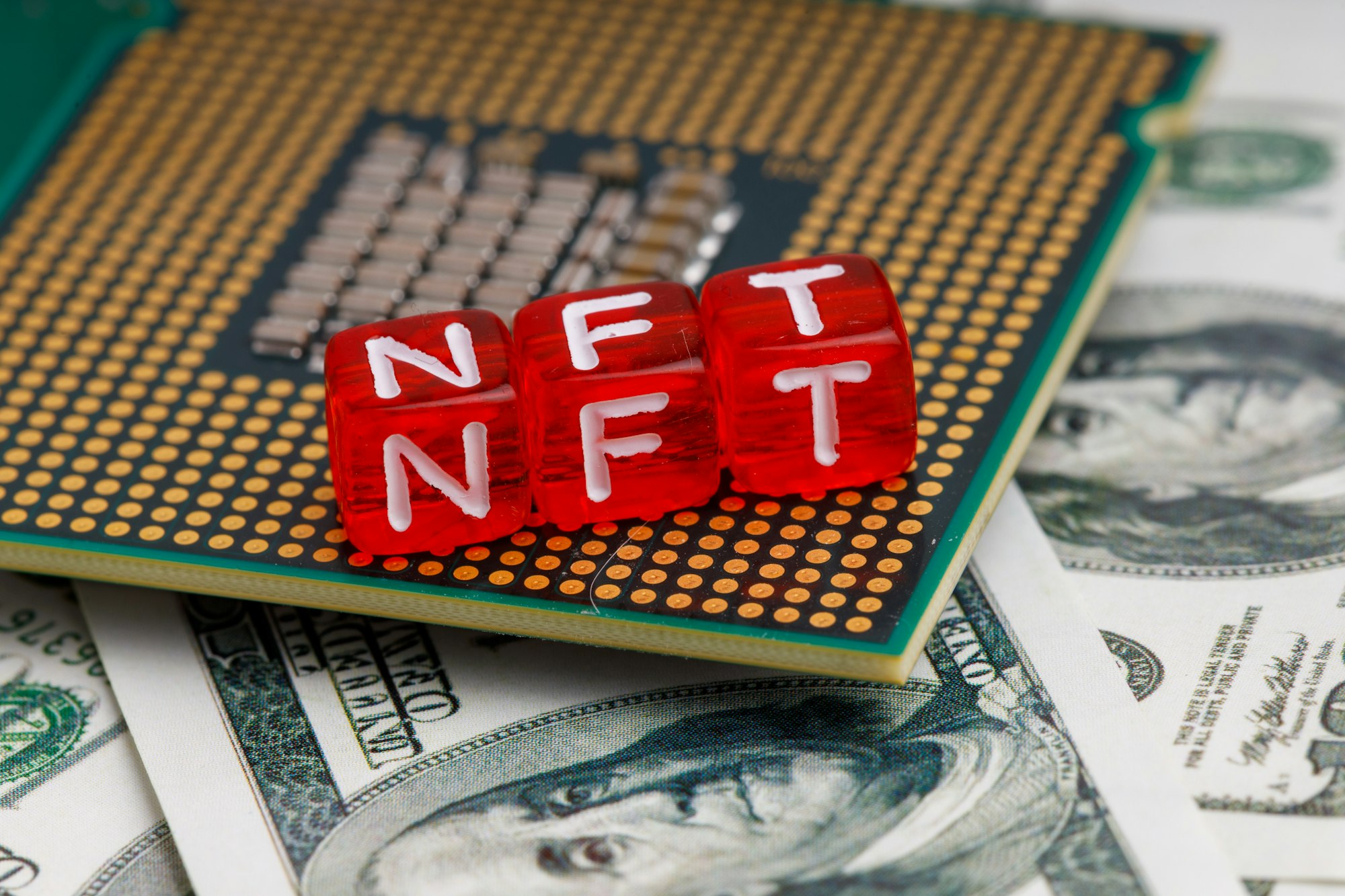Navigating the Nexus of Creativity and Commerce: The Role of NFTs in the Digital Art Revolution

The digital art landscape has undergone a seismic shift with the advent of Non-Fungible Tokens (NFTs), a blockchain-based technology that certifies the ownership and uniqueness of digital assets. This innovation has not only transformed the way digital art is bought, sold, and collected but also raised profound questions about the value, authenticity, and future of art in the digital age. As we delve into the intricate relationship between NFTs and digital art, we uncover a complex narrative of empowerment, controversy, and the redefinition of artistic commerce.
The Rise of NFTs in Digital Art
NFTs emerged as a groundbreaking solution to a longstanding dilemma in the digital art world: how to establish ownership and scarcity for artworks that can be easily replicated. By leveraging blockchain technology, NFTs provide a digital certificate of authenticity for each piece of art, ensuring that while the artwork itself can be copied, the ownership of the "original" is securely recorded. This capability has opened up new avenues for digital artists to monetize their work, gain recognition, and connect with collectors on a global scale.
Empowering Artists and Expanding Markets
The introduction of NFTs has democratized access to the art market, allowing digital artists to bypass traditional gatekeepers such as galleries and auction houses. Artists can now directly list their works on NFT marketplaces, set their prices, and engage with buyers without intermediaries. This direct-to-consumer model has empowered artists, particularly those working outside conventional art circles, offering them unprecedented control over the sale and distribution of their work.
Furthermore, NFTs have expanded the art market by attracting a new demographic of collectors, many of whom are drawn to the blend of technology, art, and investment opportunities. This influx of interest has led to record-breaking sales, with some digital artworks selling for millions of dollars, and has injected vitality into the digital art scene.
Controversies and Challenges
Despite their transformative potential, NFTs have sparked significant debate within the art and tech communities. Critics point to environmental concerns, citing the substantial energy consumption associated with blockchain transactions. There's also skepticism about the speculative nature of the NFT market, with some fearing a bubble fueled by hype rather than genuine appreciation for the art.
Moreover, the intangibility of digital art, even when "owned" through an NFT, challenges traditional notions of art collection and ownership. The concept of paying large sums for something that exists only digitally—and can be viewed for free by anyone—remains contentious.
NFTs and the Future of Digital Art
As the dust settles on the initial explosion of interest in NFTs, questions about their long-term impact on the digital art world remain. Optimists believe NFTs represent a new frontier for digital art, providing a sustainable model for artists to thrive in a digital ecosystem. There's also potential for NFTs to evolve beyond simple ownership tokens, incorporating elements like royalties for artists on secondary sales, and expanding into digital experiences, gaming, and virtual reality.
Conversely, skeptics caution against viewing NFTs as a panacea, emphasizing the need for a balanced approach that considers environmental impacts, market stability, and the intrinsic value of art. The challenge lies in navigating these complexities while harnessing the potential of NFTs to enrich the digital art landscape.
Conclusion
The intersection of NFTs and digital art marks a pivotal moment in the evolution of artistic creation, distribution, and ownership. By enabling digital artists to monetize their work and reach a global audience, NFTs have catalyzed a renaissance in digital art, challenging conventional wisdom about the value and nature of art in the process. As we venture further into this uncharted territory, the relationship between NFTs and digital art will undoubtedly continue to evolve, shaping the future of creativity in the digital age.
This examination of NFTs within the digital art revolution reveals a landscape at the crossroads of innovation and controversy. As artists, collectors, and enthusiasts navigate this new frontier, the ongoing dialogue around NFTs and their role in the art world will play a crucial role in defining the future of digital creativity and its place in the broader cultural conversation.
